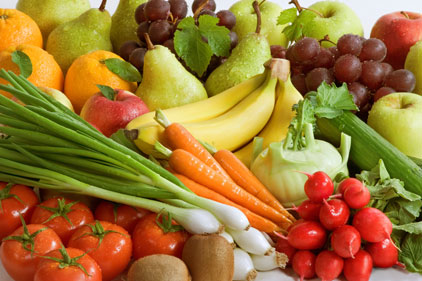But, this was in my home state of Texas, which brings me to topic: A processor friend recently asked me how he could connect with the “locavore trend,” which is generating so much buzz it typically is referred to as a “movement.” I told my friend not to worry; this so-called trend is a fad, plain and simple. It’s a nice little fad and not unpleasant, but it will never amount to a trend, because it is, by definition, self-limiting. Must all Midwesterners limit themselves to a diet of corn, soy, apples and pork? How many Americans would desire to never eat another banana or coconut here again?
As I transitioned from chef to nutrition scientist to magazine editor, I also transitioned from the big, abundant, year-round growing season of Texas to the Midwest—and limited access to a variety of fresh, local produce—not just in winter but all year long, even at the height of growing season. I remember a Texas friend bringing me okra in June; my brother-in-law sending me home from a late-fall visit with a bag of Ruby Red grapefruit. Desperate times.
In the dead of winter this year, a bumper crop of berries came up from South America. It took decades for that region to “get produce right,” but the quality today is superb; luscious, sweet, fat blackberries filled pyramids of punnets that kept me scurvy-free all winter. (And guilt-free, too.)
For food and beverage makers, supporting nearby suppliers is admirable, but they cannot—and should not—be expected to feed the world healthy, flavorful food solely from their home state. pf

